-

Premium Japanese Christmas Cake Selections in 2024
-



From Supreme to Sublime: Wagyu Ranking Echelons
-


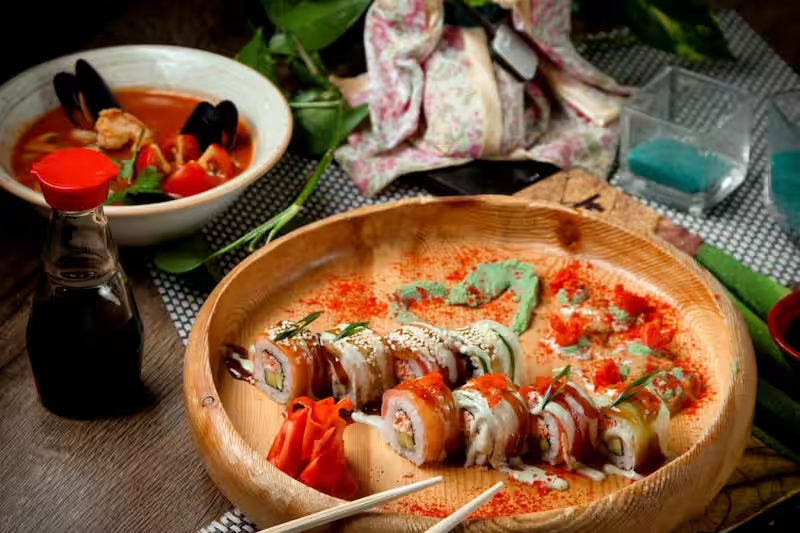
Exploring the Phenomenon of Japanese Food Social Media Fame
-


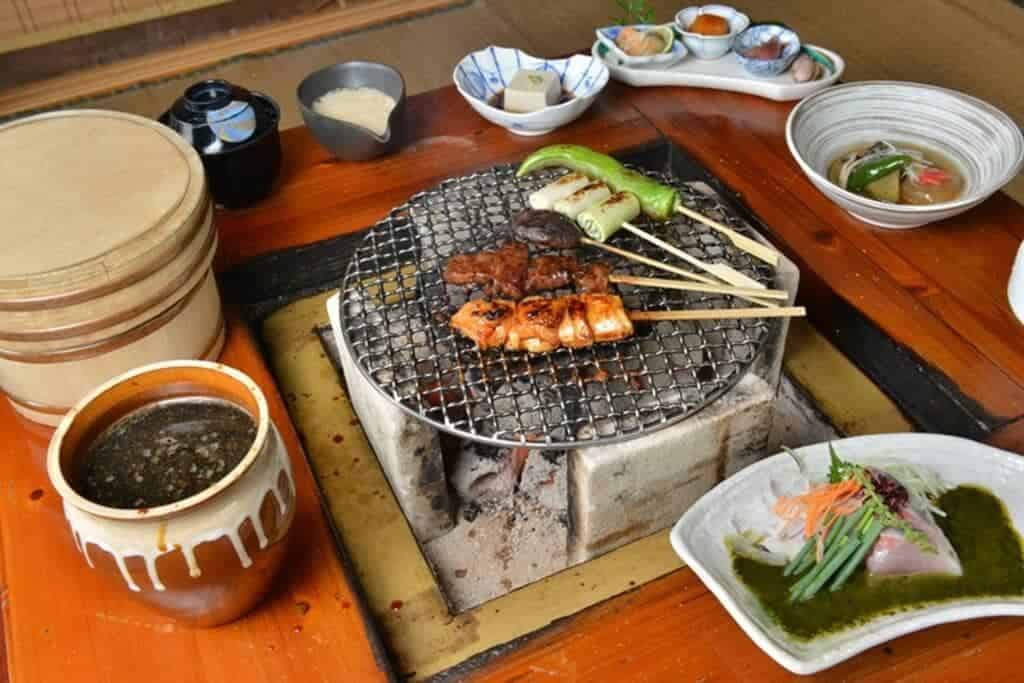
Beyond the Grill: Japan’s Top Hibachi Restaurants 2024
-



The Intersection of Japanese Culinary Traditions and Global Influences: A Flavorful Journey
-



Autumn Eats: Must-Try Food in Autumn in Japan 2024
Dashi (出汁)
How to deliciously use dashi?
Dashi is a versatile broth, used in soups, noodle dishes, and simmered foods. It’s essential for making miso soup, tempura dipping sauces, and noodle broths for udon and soba. Beyond soup, dashi is also used to flavor rice dishes and vegetables, such as in takikomi-gohan or ohitashi. Its mild umami flavor allows it to blend harmoniously with a wide range of ingredients.
Senbajiru – Mackerel Soup with Vegetables
Senbajiru is a hearty soup that uses salted mackerel and kombu to create a rich broth. The entire fish, including the head and bones, is used, ensuring a full-bodied flavor. Vegetables are added, making it a complete, flavorful meal often enjoyed in homes across Japan.
Tai Ushiojiru – Sea Bream Soup
Ushiojiru is a delicate, clear soup made with sea bream, often flavored simply with salt. By briefly boiling and then cooling the fish, any fishy odor is removed, resulting in a clean broth that highlights the flavor of the sea bream or other white-flesh fish used. This soup is a traditional dish, especially suited for celebratory meals.
Age Ebi Shinjo – Deep-fried Prawn Dumplings
Shinjo are dumplings typically made from prawns or white-fleshed fish. These dumplings, which can be steamed or fried, are often used in soups but are versatile enough to be served in other ways. The prawn shinjo, with its finely chopped filling, offers a delightful contrast of textures in every bite, making it a popular dish in both home cooking and restaurants.
How to Make Dashi?
The art of making dashi lies in carefully extracting the umami compounds from high-quality ingredients. While there are several types of dashi, we’ll focus on making ichiban dashi (first dashi), the most refined and versatile version that combines kombu and katsuobushi.
Ingredients
| Ingredients | Amount |
| Filtered water | 7.2 liters (7.2 quarts) |
| High-quality Rishiri kombu | 120 grams (4 ounces) |
| Katsuobushi (honkarebushi) flakes | 200 grams (7 ounces) |
Equipment Needed:
- Large cooking pot (preferably non-reactive)
- Fine-mesh strainer
- Clean cotton or muslin cloth for straining
- Kitchen thermometer
- Kitchen scale
- Timer
Instructions
- Gently wipe the kombu with a clean, damp cloth (do not wash)
- Place the kombu and water in a large pot
- Let it soak at room temperature for 30 minutes before heating
- Place pot over low heat
- Gradually increase temperature to 140°F (60°C)
- Maintain this temperature for 1 hour
- Watch carefully to prevent boiling, which can create bitter flavors
- Remove the kombu from the water
- Keep the kombu for making niban dashi (second dashi) if desired
- Increase heat to bring liquid to 185°F (85°C)
- Once liquid reaches 185°F (85°C), remove pot from heat
- Add katsuobushi flakes
- Let them steep for exactly 10 seconds
- Do not stir or press down the flakes
- Line a fine-mesh strainer with cotton or muslin cloth
- Strain the dashi through the cloth
- Allow liquid to drain naturally
- Do not squeeze the cloth to prevent clouding
Tips for Success:
- Use filtered water for the purest taste
- Never let the kombu boil as it creates bitter flavors
- Time the katsuobushi steeping precisely
- Strain gently to maintain clarity
- Use immediately for best flavor
- Store unused portions in an airtight container in the refrigerator for up to 3 days
Where to Buy Dashi?
Dashi ingredients, such as kombu, bonito flakes, and dried mushrooms, are widely available at Asian grocery stores or online. Pre-made dashi, in the form of powders or concentrated liquid, is also popular for its convenience, though homemade dashi offers a fresher and more nuanced flavor.
With these insights into the world of dashi, you’re ready to explore the heart of Japanese cooking. Whether you’re looking to make dashi from scratch or use store-bought options, this essential broth will elevate your dishes to new heights.
Where to Experience the Best Dashi in Tokyo?
For those eager to taste authentic dashi prepared by experts, Tokyo offers several exceptional establishments. Here are three distinctive restaurants where you can experience the depths of dashi’s umami flavors in different culinary presentations.
KAYANOYA Dashi Shiruya Tokyo Station Shop
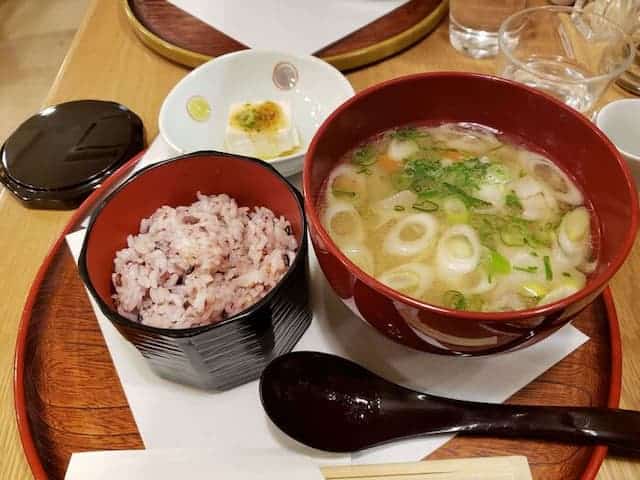

Tucked away in the bustling Tokyo Station’s GranSta Marunouchi, Shiruya brings the renowned Kayanoya dashi from Fukuoka Prefecture to the heart of Tokyo. This casual establishment specializes in miso soup made with their signature dashi blend. Their most notable dish, the “Kyushu Pork Soup Set,” combines Kayanoya dashi with niboshi (dried sardine) stock, featuring tender pork from Kirishima, Kyushu, and an abundant mix of root vegetables like daikon, burdock, and sweet potatoes.
Nihonbashi Dashiba Hanare
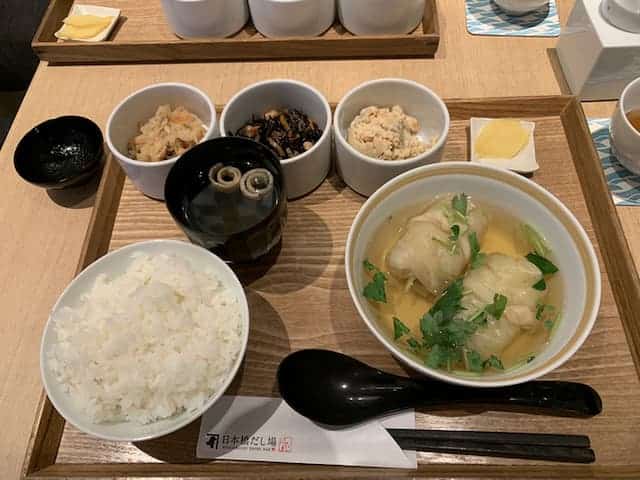

With its Nordic-inspired interior design, Nihonbashi Dashiba Hanare offers traditional Japanese cuisine in a modern, café-like setting. Their lunch menu features the “Dashi-wan Gozen,” a healthy set meal including rice, small side dishes, and your choice of two types of soup. Diners can choose between the “Classical” style featuring traditional katsuobushi dashi in clear soup or miso soup, or the “Hanare” style that uniquely combines katsuobushi dashi with Western-style stock.
Fukutora Akasaka Mitsuke
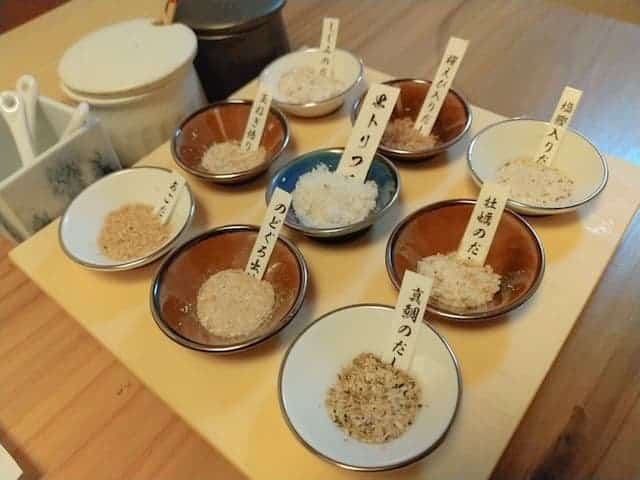

Looking for a special lunch spot? Head to Fukutora in Akasaka for their incredible wagyu shabu-shabu, served in a richly flavored dashi broth. The star here is their “Oishi-gyu from the Past” – a super rare cut of Matsusaka beef you won’t find anywhere else in Tokyo. Grab a private room if you want to really take your time and enjoy the experience. Here’s a pro tip: add just a tiny pinch of salt to your dashi – it’ll take the flavor to a whole new level. Trust me, once you taste how this beef melts in your mouth, you’ll understand what all the fuss is about.
Conclusion
Dashi is more than just a broth – it’s the soul of Japanese cuisine, carrying centuries of culinary tradition in every bowl. From the morning miso soup to evening hot pots, this umami-rich stock brings depth and complexity to countless dishes. While traditional dashi-making techniques have been passed down through generations, modern Japanese homes are finding new ways to incorporate this essential element into their daily cooking.
Whether you’re using classic kombu-katsuobushi or trying vegetarian versions, understanding dashi opens the door to authentic Japanese flavors. It’s a testament to Japanese cuisine’s ability to create profound taste from simple, natural ingredients.
If you are a fan of Japanese cuisine, do not miss out the chance to find out about its favourite soup here!
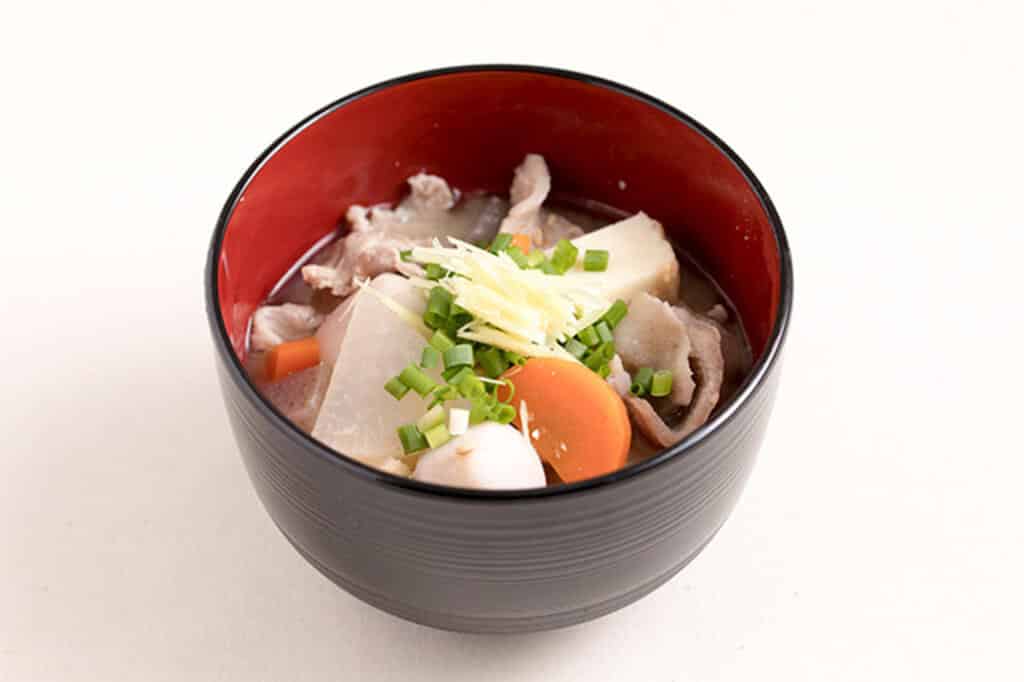

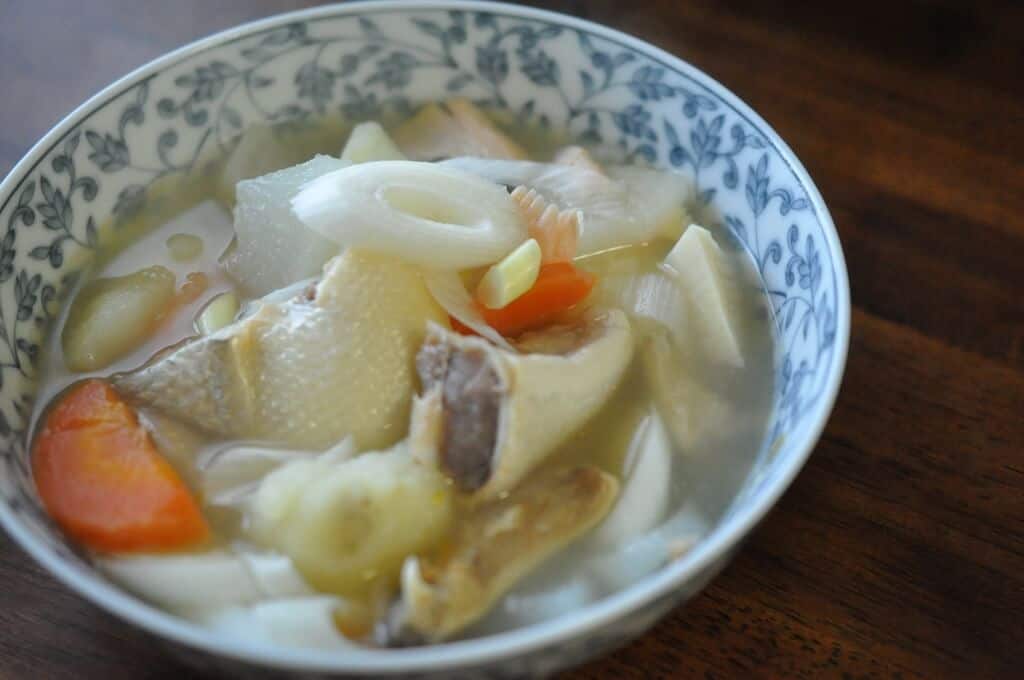


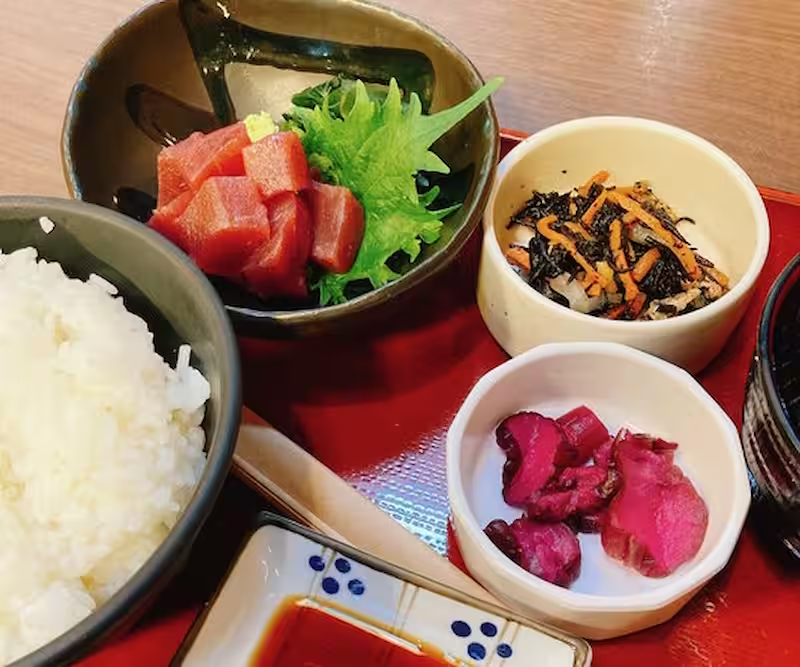
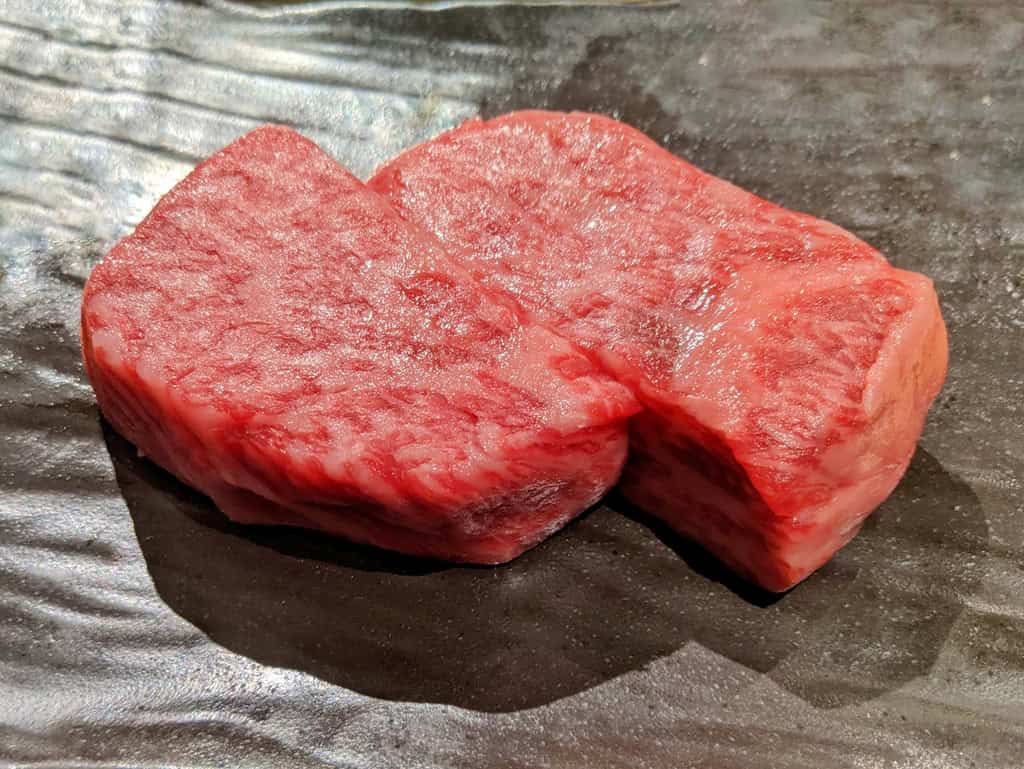
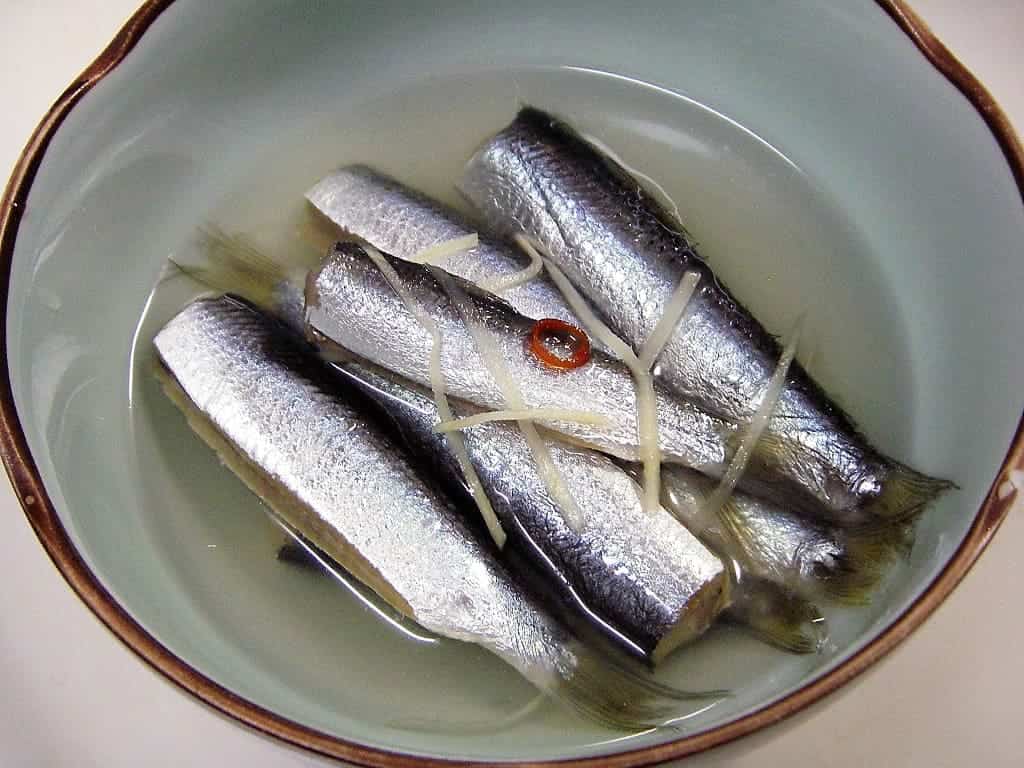

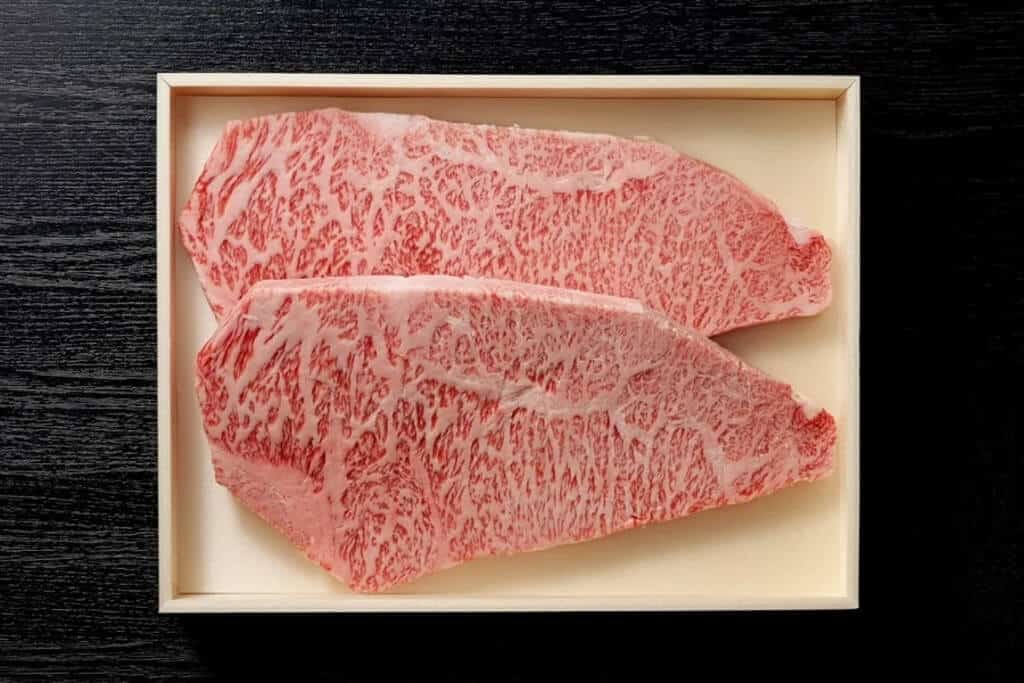

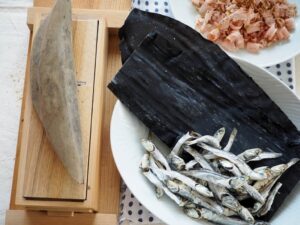
Comments